Huge ‘Atlantic’ Bible leaf with an impressive initial opening the Book of Judges, Italy, c.1100
£16,000.00
Single leaf on parchment in a Carolingian transitional script of Italian provenance, dated at the late C11th or early C12th.
565 x 375mm; the text panel measures 435 x 260mm; the text is brown ink on a double column of 60 lines. The decoration includes a monumental letter ‘P’ in gold and colours, and some initials in red, summary title in red and blue. This leaf has been recovered from a binding and shows abrasions as well as traces of use. Restored holes.
The text is from the beginning of the Book of Judges, verso:
Post mortem Josue, consuluerunt filii Israel
Dominum, dicentes: Quis ascendet ante nos
contra Chananaeum, et erit dux belli? [After the death of Joshua…]
“Atlantic Bibles” is a term coined by Pietro Toesca in the early C20th to describe a specific category of manuscripts characterised by their massive size and produced during the ecclesiastical reform of the 11th and 12th centuries in central Italy. These manuscripts were typically around 550×350 mm in size.
These “Atlantic Bibles” are typically illuminated manuscripts that were produced during a time of ecclesiastical and artistic reformation. The term “Atlantic” in this context might refer to their enormous size, suggesting the idea of something vast and expansive like the Atlantic Ocean. It’s important to note that this term appears to be a modern designation and probably not have been used contemporaneously during the medieval period.
During the medieval period, particularly in the late Middle Ages, there were a number of illuminated manuscripts that were created on a grand scale. These manuscripts were often commissioned by wealthy patrons or religious institutions and were intended to showcase both the religious text and the artistic skill of the scribes and illuminators who worked on them.
Be the first to review “Huge ‘Atlantic’ Bible leaf with an impressive initial opening the Book of Judges, Italy, c.1100” Cancel reply
Product Enquiry
Related products
C14th -C16th manuscripts
C12th - C13th manuscripts
Leaf of Passionale in Latin [Italy, 12th century, first half] Lives of St Felicity and St Clement
C14th -C16th manuscripts
‘Exquisite Roman hand’; a humanist Psalter c.1460 by Pietro Ursuleo of Capuo in Latin.
C12th - C13th manuscripts
Elegant English Early Gothic Script from late C12th Passionale – Paulinus of Milan
Illuminations
C14th -C16th manuscripts

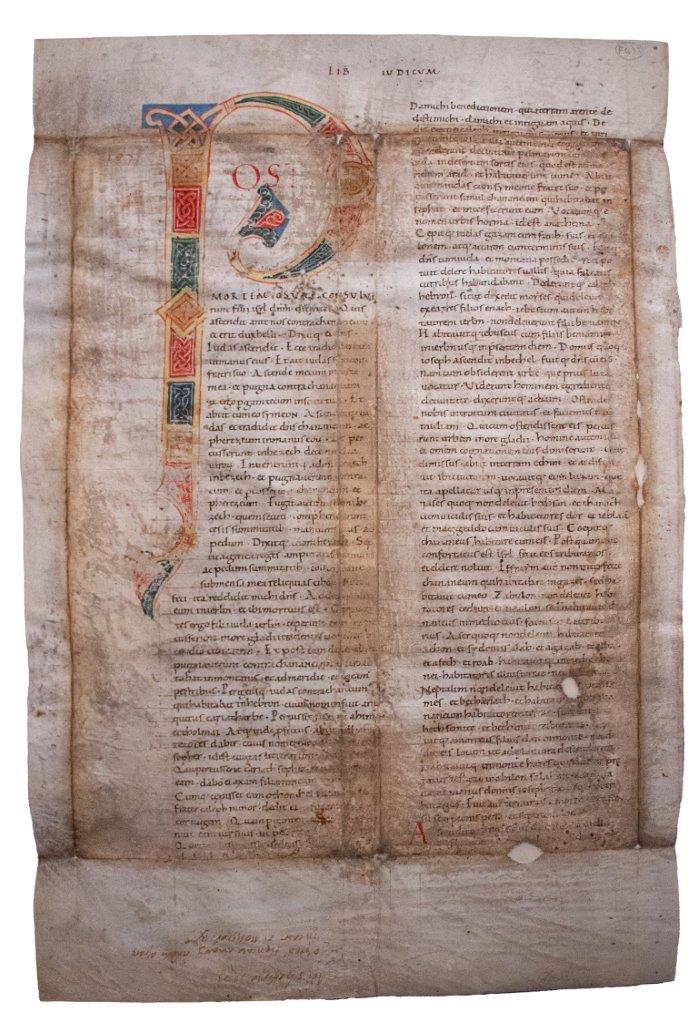
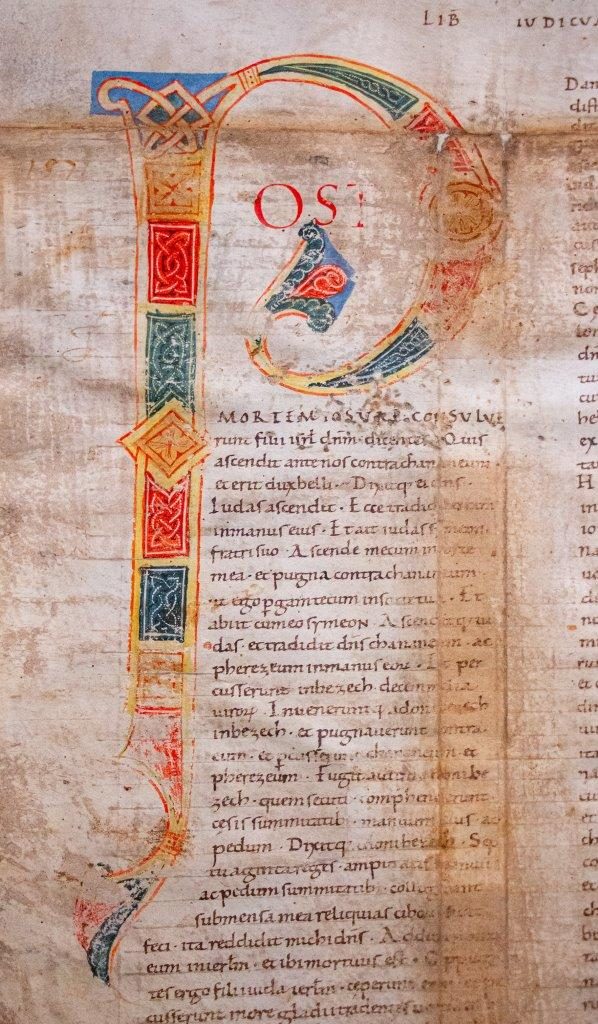
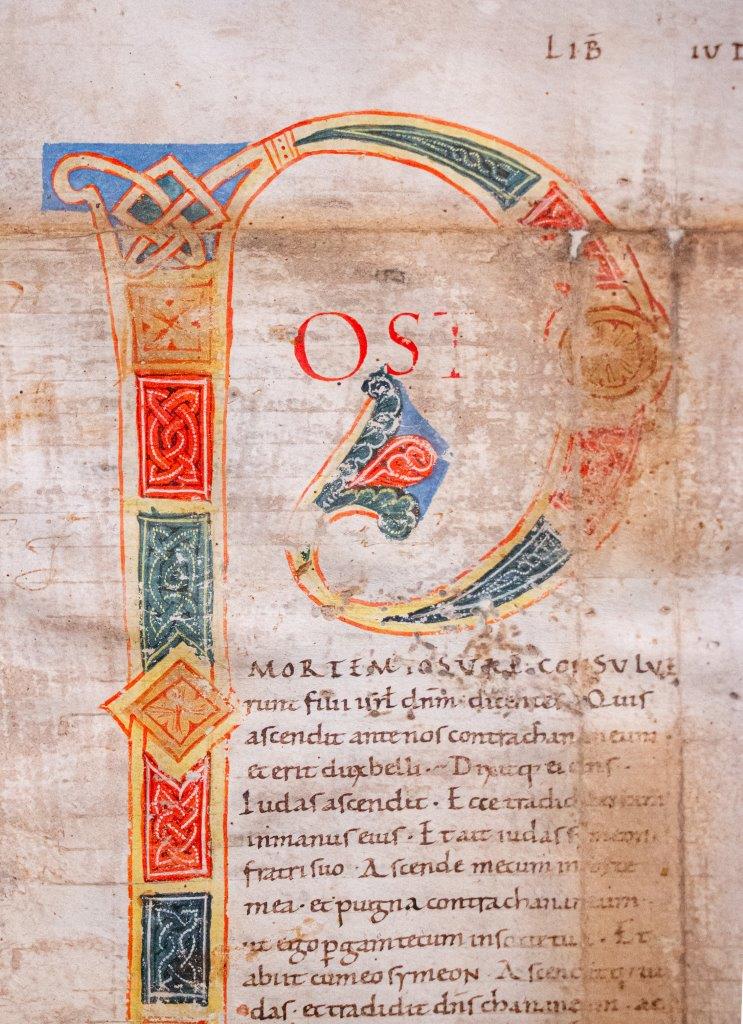
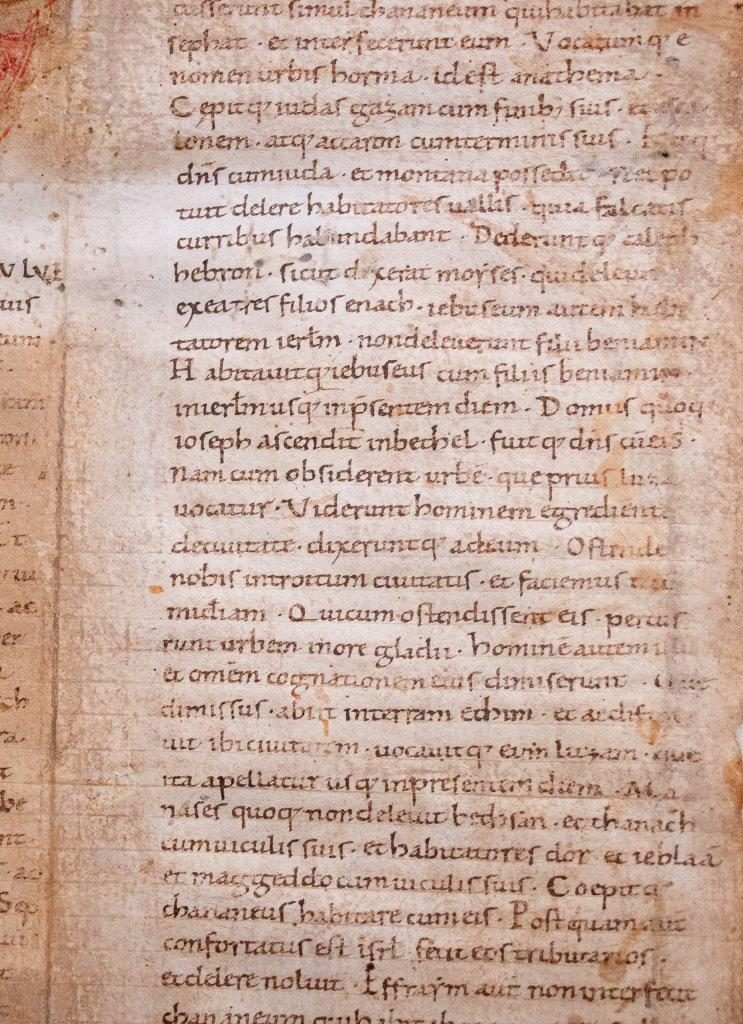

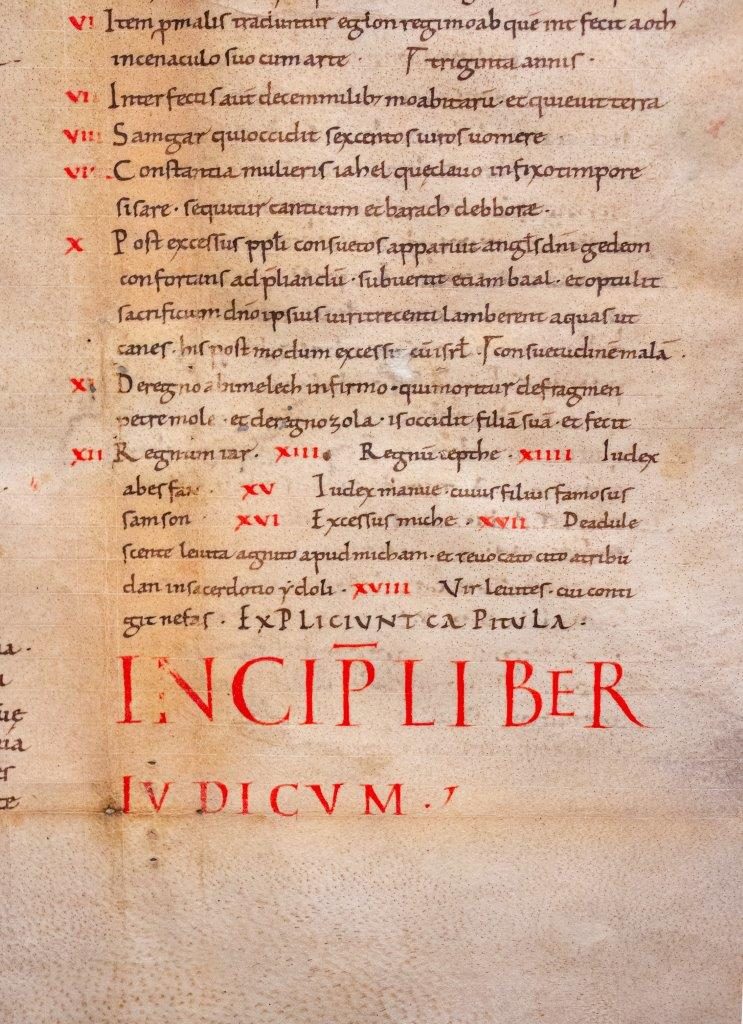
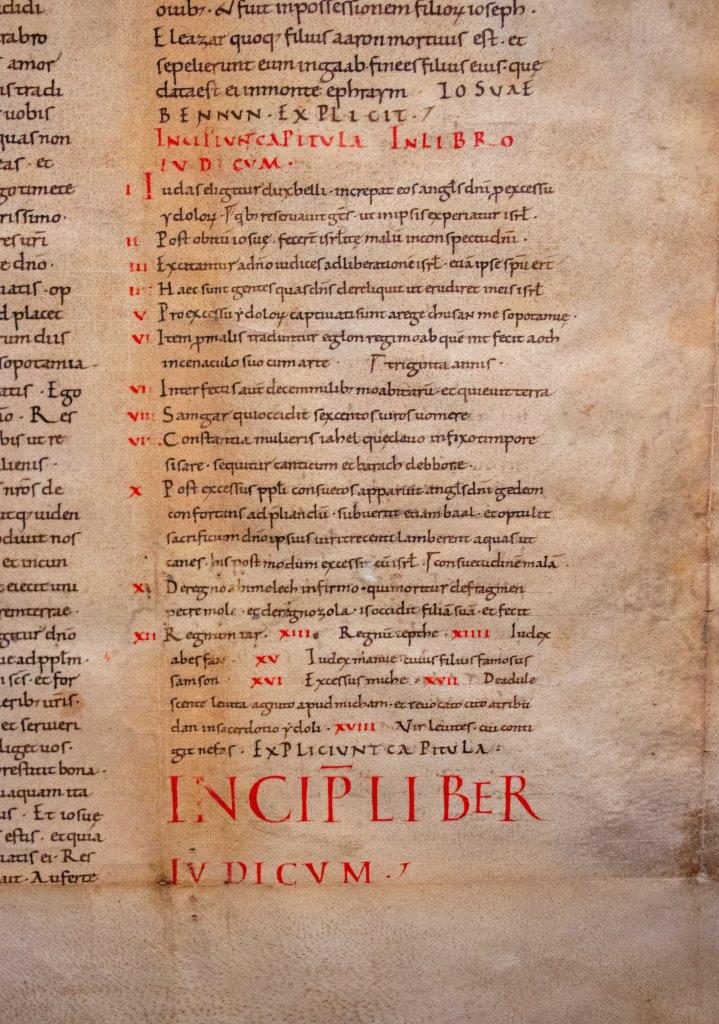
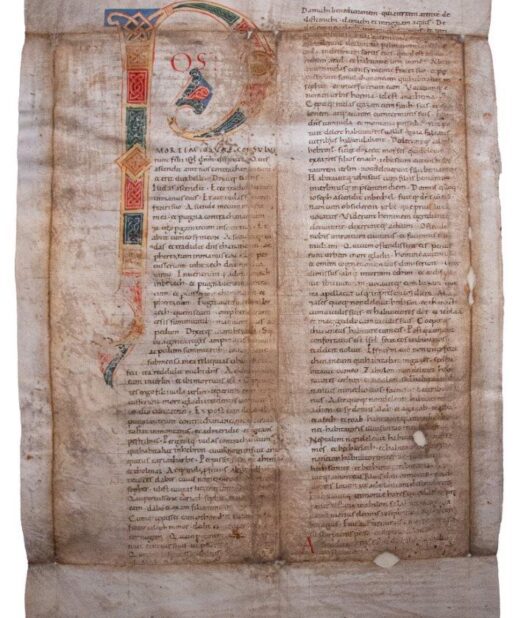
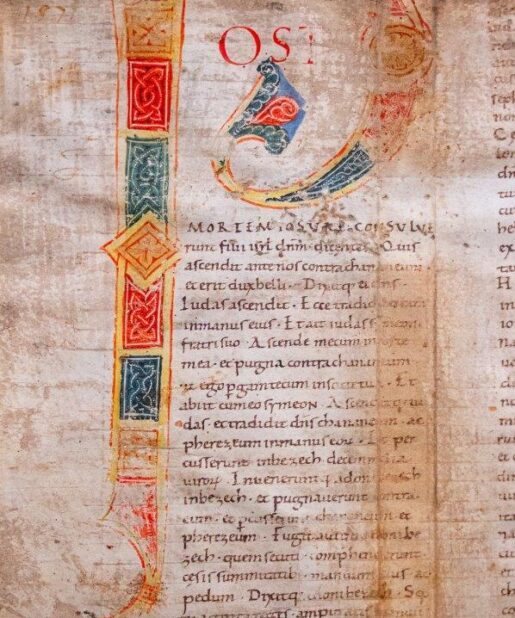
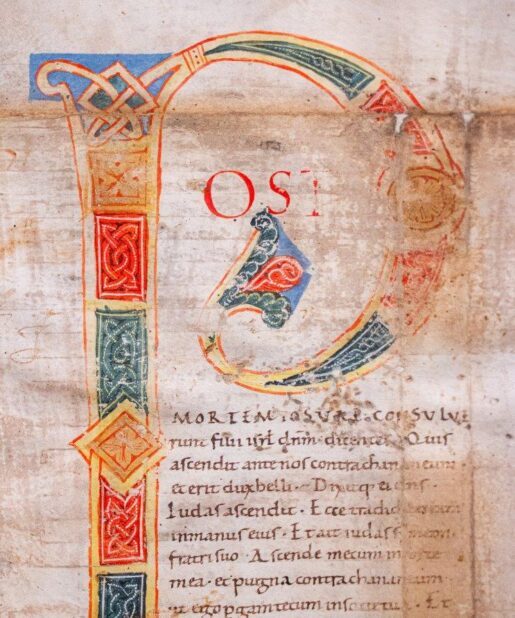
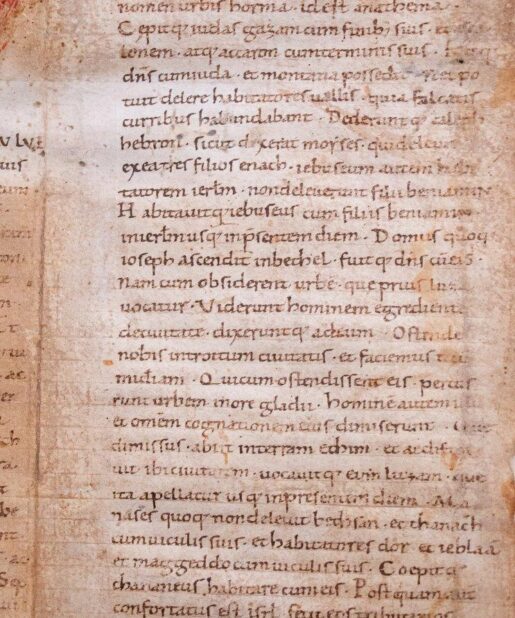
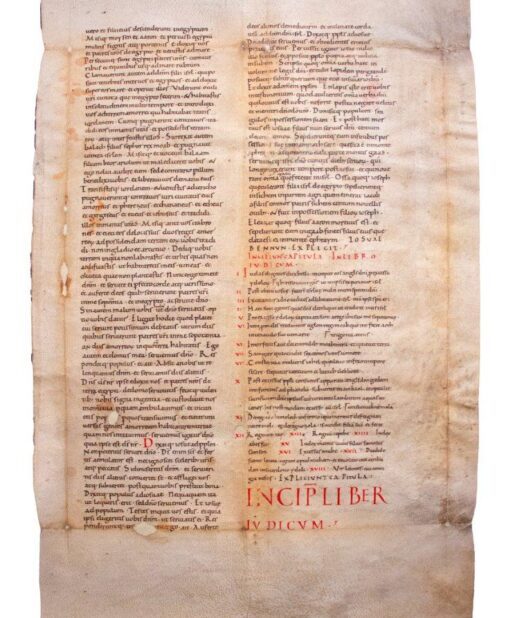
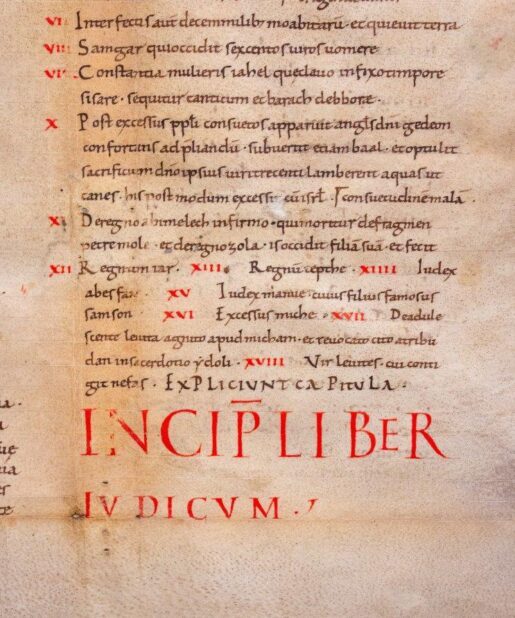
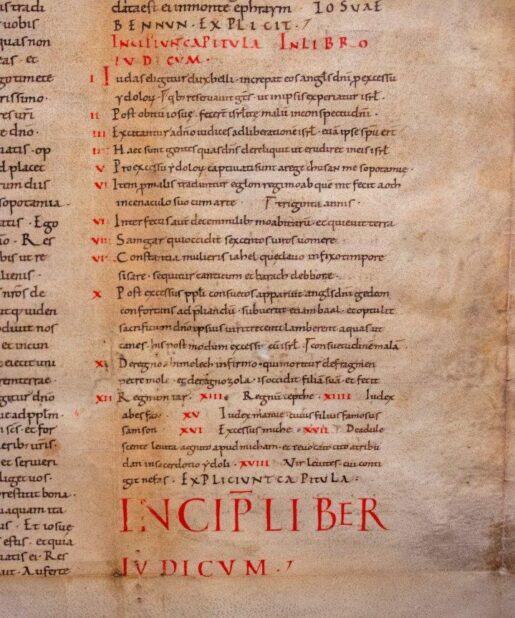
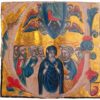
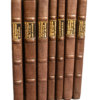
![The Annunciation to Zechariah, on a bifolium from an Antiphonary, in Latin [Germany or Austria, (mid-?)15th century] The Annunciation to Zechariah, on a bifolium from an Antiphonary, in Latin [Germany or Austria, (mid-?)15th century]](https://butlerrarebooks.co.uk/wp-content/uploads/2021/04/IMG_0977-515x618.jpg)
![The Annunciation to Zechariah, on a bifolium from an Antiphonary, in Latin [Germany or Austria, (mid-?)15th century] The Annunciation to Zechariah, on a bifolium from an Antiphonary, in Latin [Germany or Austria, (mid-?)15th century]](https://butlerrarebooks.co.uk/wp-content/uploads/2021/04/IMG_0769-515x618.jpg)
![Saints Peter and Paul, in an illuminated historiated initial ‘N’, cut from a Gradual in Latin on parchment [Italy (Florence); 15th century (c.1470s)] Saints Peter and Paul, in an illuminated historiated initial ‘N’, cut from a Gradual in Latin on parchment [Italy (Florence); 15th century (c.1470s)]](https://butlerrarebooks.co.uk/wp-content/uploads/2022/02/IMG_6782-515x618.jpg)
![Saints Peter and Paul, in an illuminated historiated initial ‘N’, cut from a Gradual in Latin on parchment [Italy (Florence); 15th century (c.1470s)] Saints Peter and Paul, in an illuminated historiated initial ‘N’, cut from a Gradual in Latin on parchment [Italy (Florence); 15th century (c.1470s)]](https://butlerrarebooks.co.uk/wp-content/uploads/2022/02/IMG_6781-515x618.jpg)
![Leaf of Passionale in Latin [Italy, 12th century, first half] Lives of St Felicity and St Clement Leaf of Passionale in Latin [Italy, 12th century, first half] Lives of St Felicity and St Clement](https://butlerrarebooks.co.uk/wp-content/uploads/2021/01/IMG_0696-515x618.jpg)
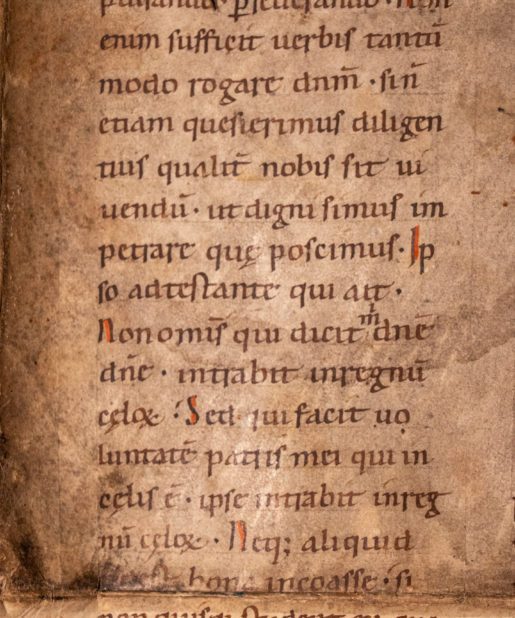
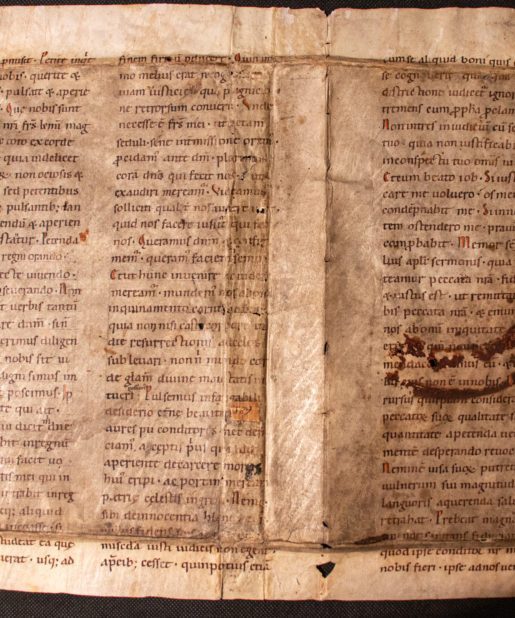
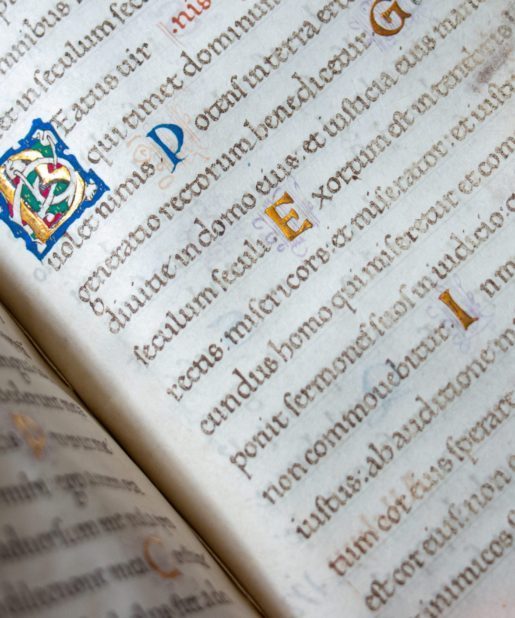
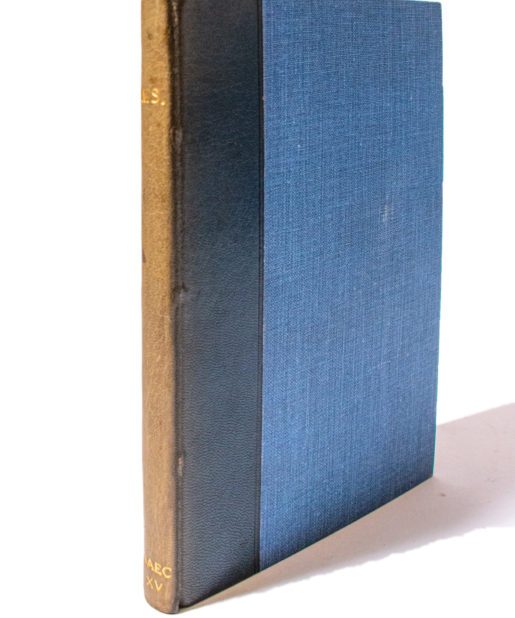
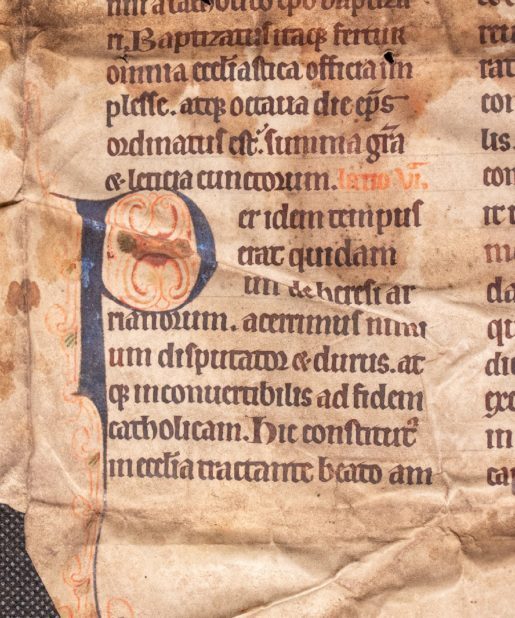
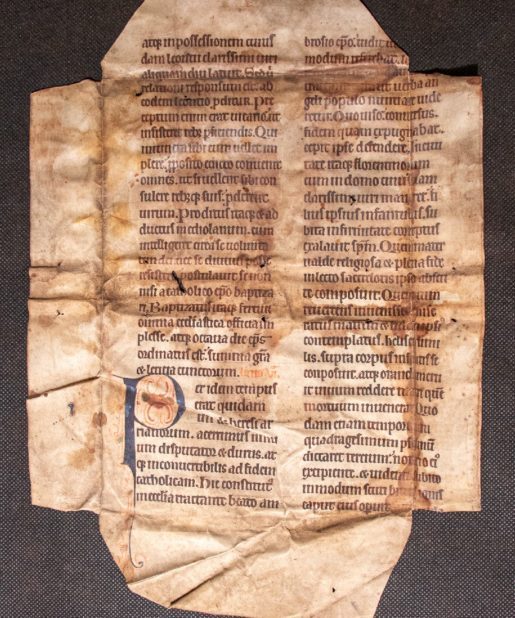
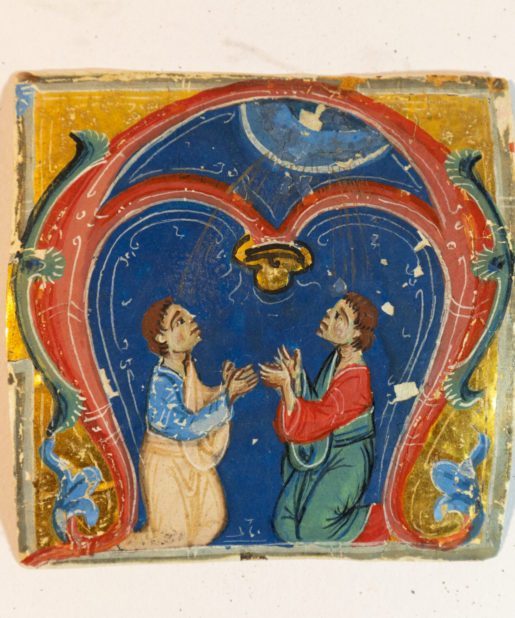
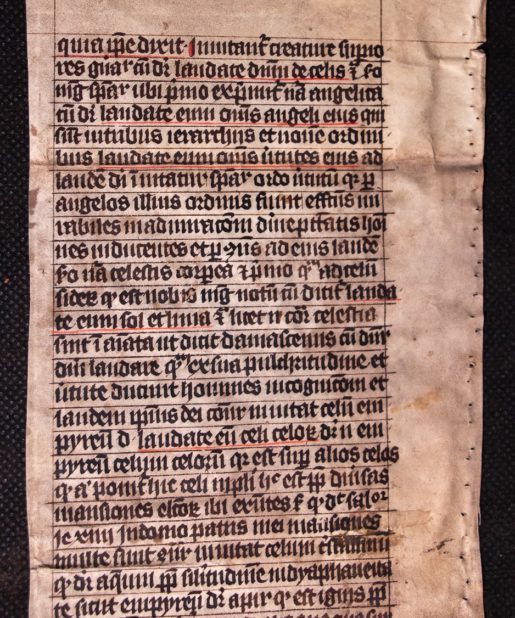
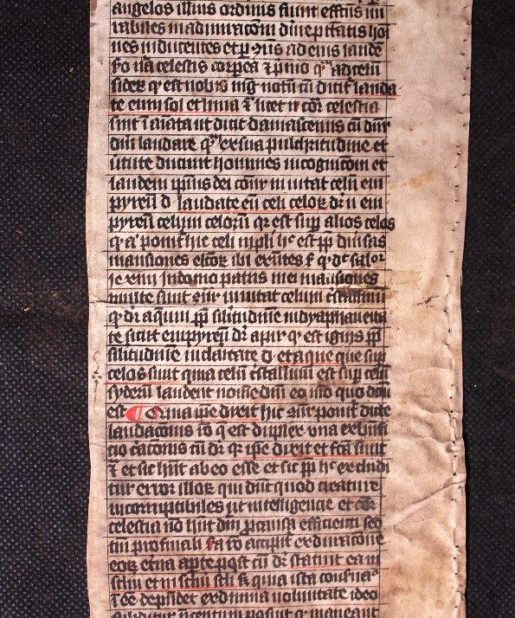
Reviews
There are no reviews yet.